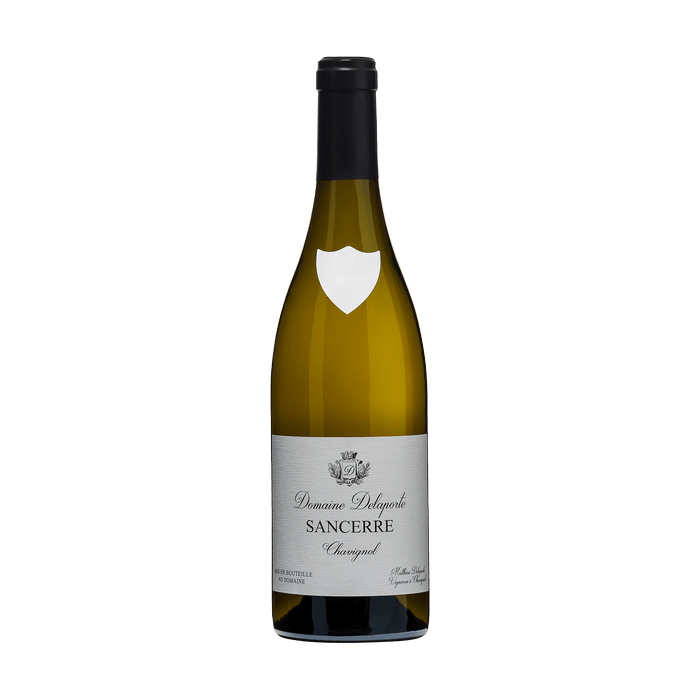Nestled in the heart of the Loire Valley in central France, the wine region of Sancerre boasts a rich history and is renowned for its distinctive white wines made primarily from Sauvignon Blanc. The vineyards surrounding the picturesque town of Sancerre sit atop a bean-shaped hill, providing a scenic view of the meandering river Loire. It was only in the mid-20th century, with the establishment of the protected Sancerre appellation, that the region became synonymous with its remarkable white wines.
Historically, the district focused on producing light-bodied red wines, predominantly using Gamay and Pinot Noir grapes until the phylloxera epidemic devastated vast vineyard areas in the 1860s. After identifying a solution (grafting European vines onto American rootstocks), Sauvignon Blanc vines thrived, leading to its widespread cultivation. Today, while some Chasselas and red Sancerre Rouge made from Pinot Noir are still produced, Sauvignon Blanc remains the dominant grape variety.
Stretching across a 15-mile expanse of rolling hills on the west bank of the Loire, Sancerre’s viticultural area now covers roughly 6970 acres of vines, nearly double the acreage since the appellation’s creation in 1936. Despite challenges faced by the Loire Valley wine industry, Sancerre has maintained its status as the “king of the hill” due to its historical reputation and the appeal of its wine style to modern consumers.
The soil profile of Sancerre plays a significant role in shaping the unique characteristics of its wines. Divided into three main types—chalk, limestone-gravel, and silex (flint)—the soil imparts a distinctive “gunflint” aroma to some Sauvignon Blanc wines. Particularly prominent in eastern vineyards closer to the Loire, this aroma is responsible for Sauvignon’s traditional pseudonym “Blanc Fumé,” which also survives in the name of its neighbor and rival, Pouilly-Fumé.
Sancerre’s climate is predominantly cool continental, with hot but short summers and cold, extended winters. The region’s proximity to the Atlantic Coast, located 480 kilometers (300 miles) to the east, influences its weather patterns. Springtime frosts are a common concern for Sancerre’s winegrowers, while snowfall is frequent during winter months, making careful vineyard management essential.
The taste of Sancerre wines is characterized by their bracing acidity and pungent aromas of gooseberries, grass, nettles, and a subtle stony minerality. In warmer, west-facing sites with chalky soils, the wines may display fruitier notes of passionfruit and lemon peel. Compared to the most famous New World Sauvignon Blanc styles, Sancerre’s wines are less overtly citrussy and less grassy, offering a more nuanced and elegant experience.
In conclusion, Sancerre is a storied wine region in the Loire Valley, producing exquisite Sauvignon Blanc wines with distinct characteristics thanks to its unique terroir of chalk, limestone, and flint soils. With its historical legacy and ability to adapt to modern wine preferences, Sancerre continues to be a beacon of excellence in the world of wine. Whether enjoyed on their own or paired with the region’s delectable goat cheeses, Sancerre’s wines offer a delightful and memorable tasting experience for wine enthusiasts around the globe.



